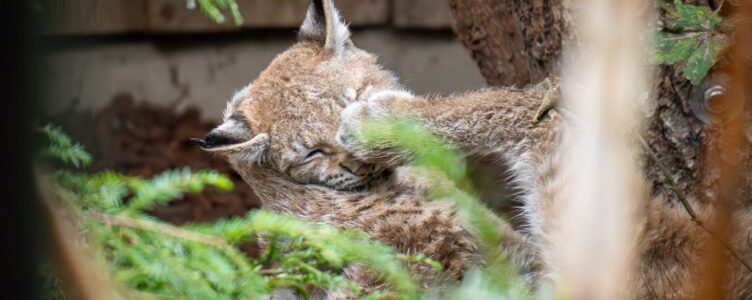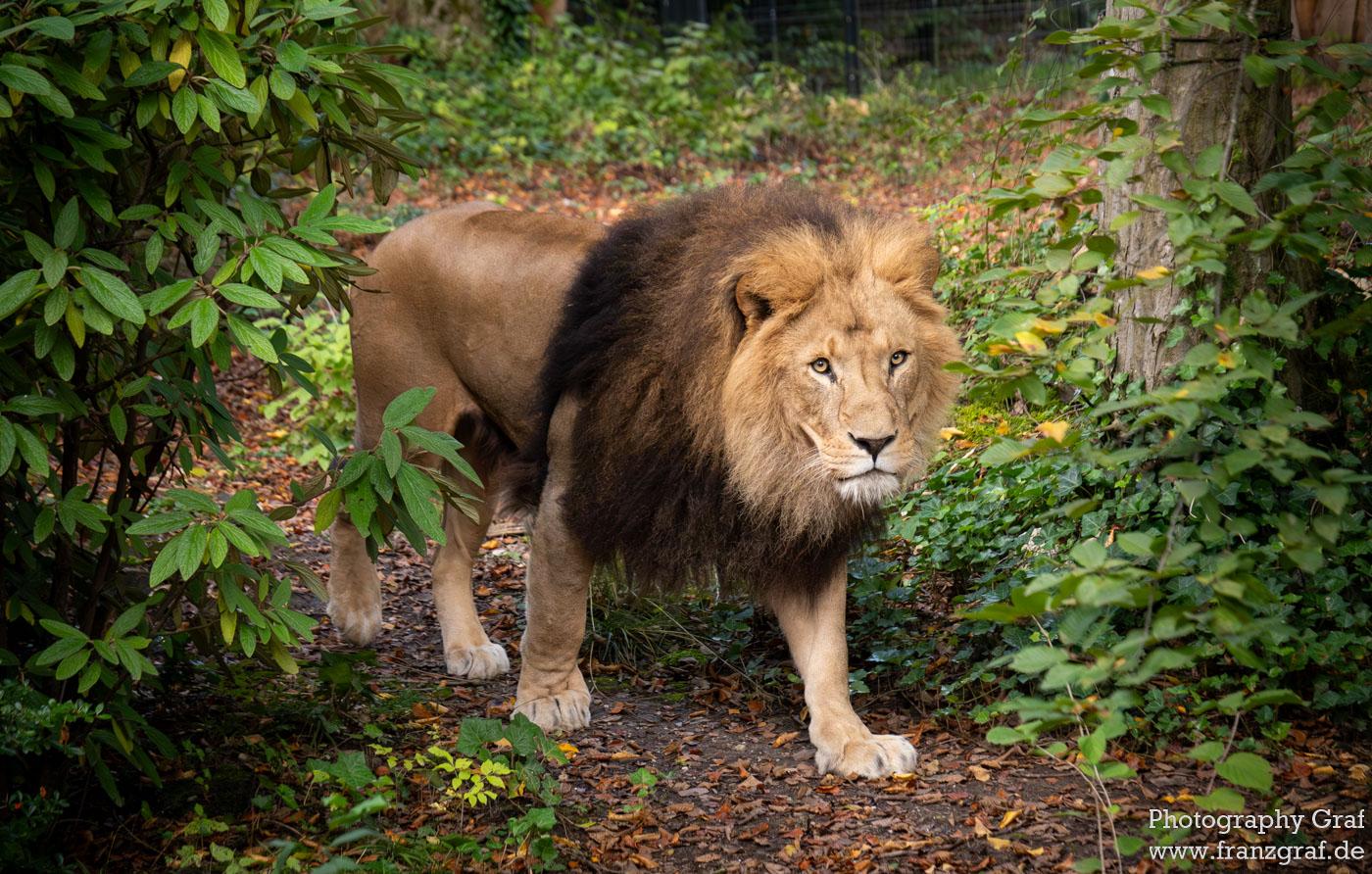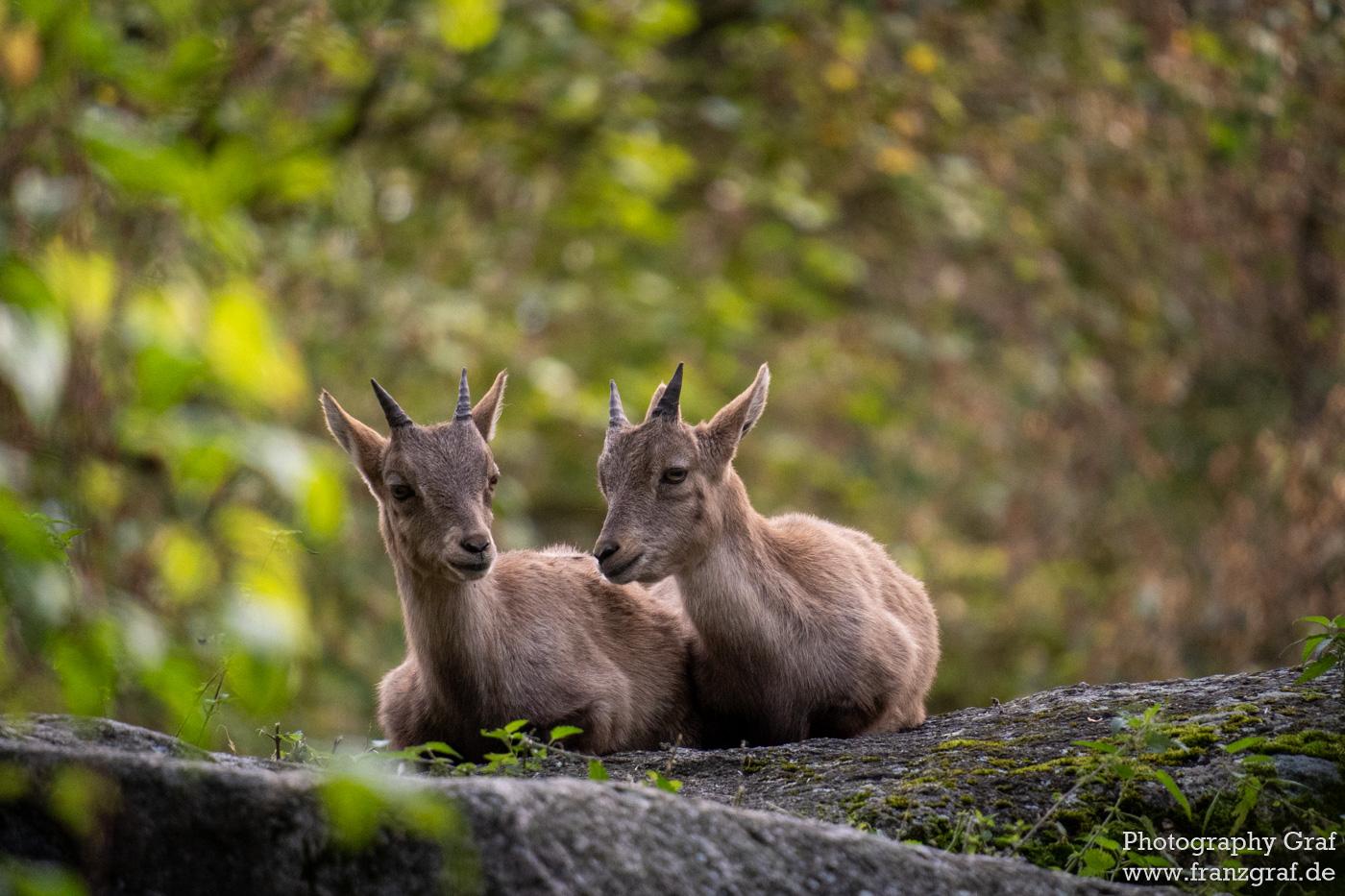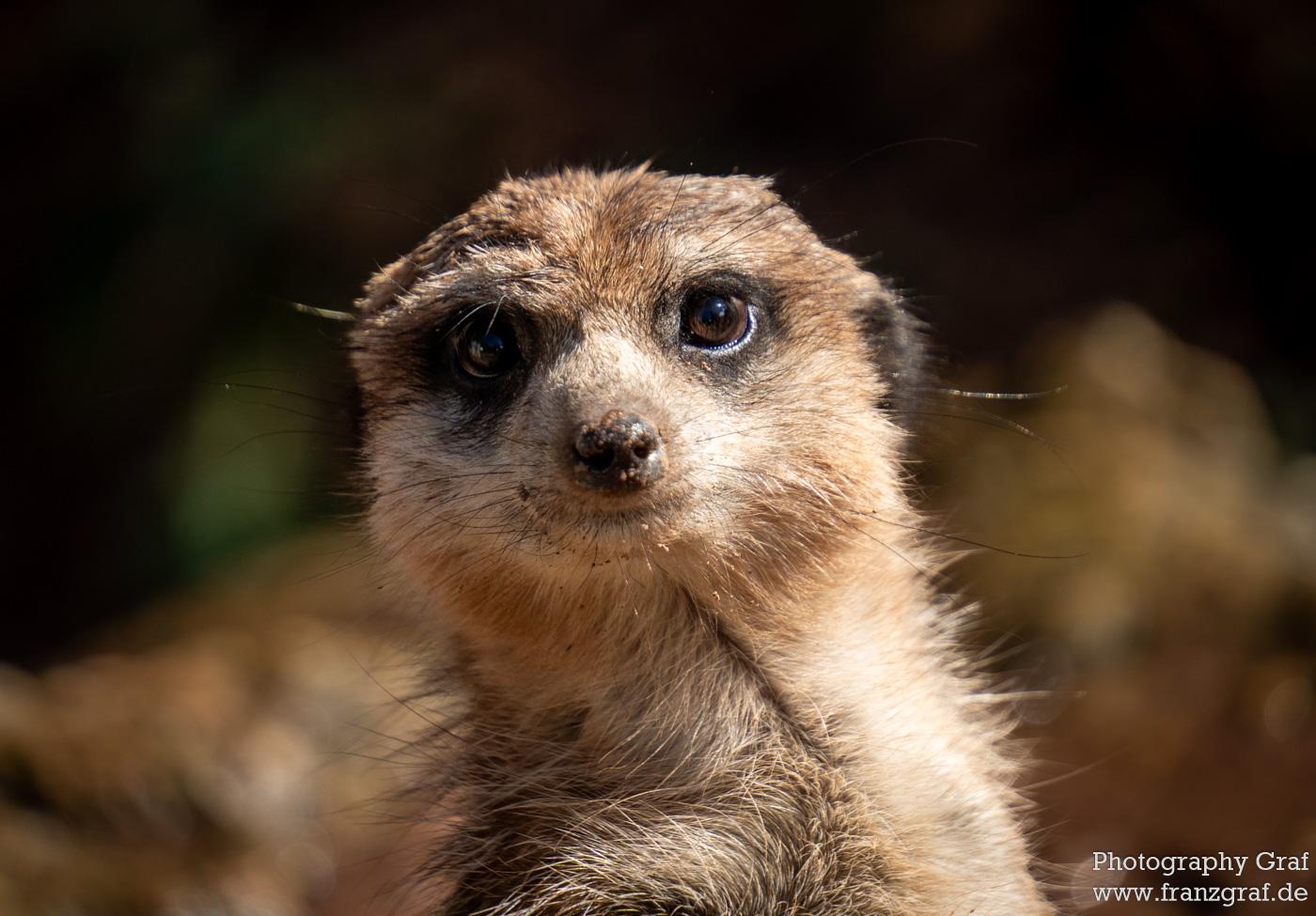My wife and I enjoy visiting the Munich Zoo (Tierpark Hellabrunn). We try to make it a point to visit the zoo every so often, aiming to have a good time while observing various animals. Naturally, I also take my camera along for the experience.
Years ago, during my initial visits, I attempted to capture photos of every animal I saw. I ended up taking an abundance of photographs that, frankly, were far from excellent. However, over the years, I have improved significantly in my photography skills. I now take ways fewer photos compared to before. One reason for this is that I feel I have already photographed every animal in the zoo. Another reason is that I have started to concentrate on producing good photographs, as I no longer want another generic shot of a “turtle on sand”.
This time around, my wife recalled that the Lynx had been reported to have young cubs, and we were eager to see if we could spot them during our visit. On our visit, the weather turned rather cloudy and even a bit rainy upon our arrival. We were curious about whether we would see many animals if the rain began. However, the potential rain did not deter our spirits, and as we strolled through the zoo, we enjoyed reading the information plaques about the various species.
Lions!
At the beginning of our visit, we were surprised to find that the area previously reserved for the bears was now home to the lions. The lions were quite active, and I attempted to capture a memorable photograph of them. Unfortunately, I struggled to find the right angle until we were already leaving and one of the lions glanced over at us. In retrospect, I realized I should have set my camera to burst mode for better chances of catching moving animals in action. I will remember this for next time.
Observing the Ibexes (and the Red Panda)
After our lion encounter, we passed by the ibexes with their young ones. I particularly liked how they were sitting side by side, creating a charming scene.
Even the little red panda (Firefox) was very active that day. However, I must admit that I simply observed its antics without taking any photographs. In hindsight, perhaps I should have tried to capture some images. Yet, in that moment, I valued the experience of watching it in action over taking pictures.
The Excitement of the Lynxes
After enjoying lunch, we proceeded to the lynxes’ habitat. We recalled previous visits when we did not see any lynxes since they had been hiding. This time, we genuinely hoped to see at least one. We were pleasantly surprised by their activity; they were all quite lively. We spent a considerable amount of time standing just a few meters from the fence, ensuring we did not draw too much attention and quietly watching them play.
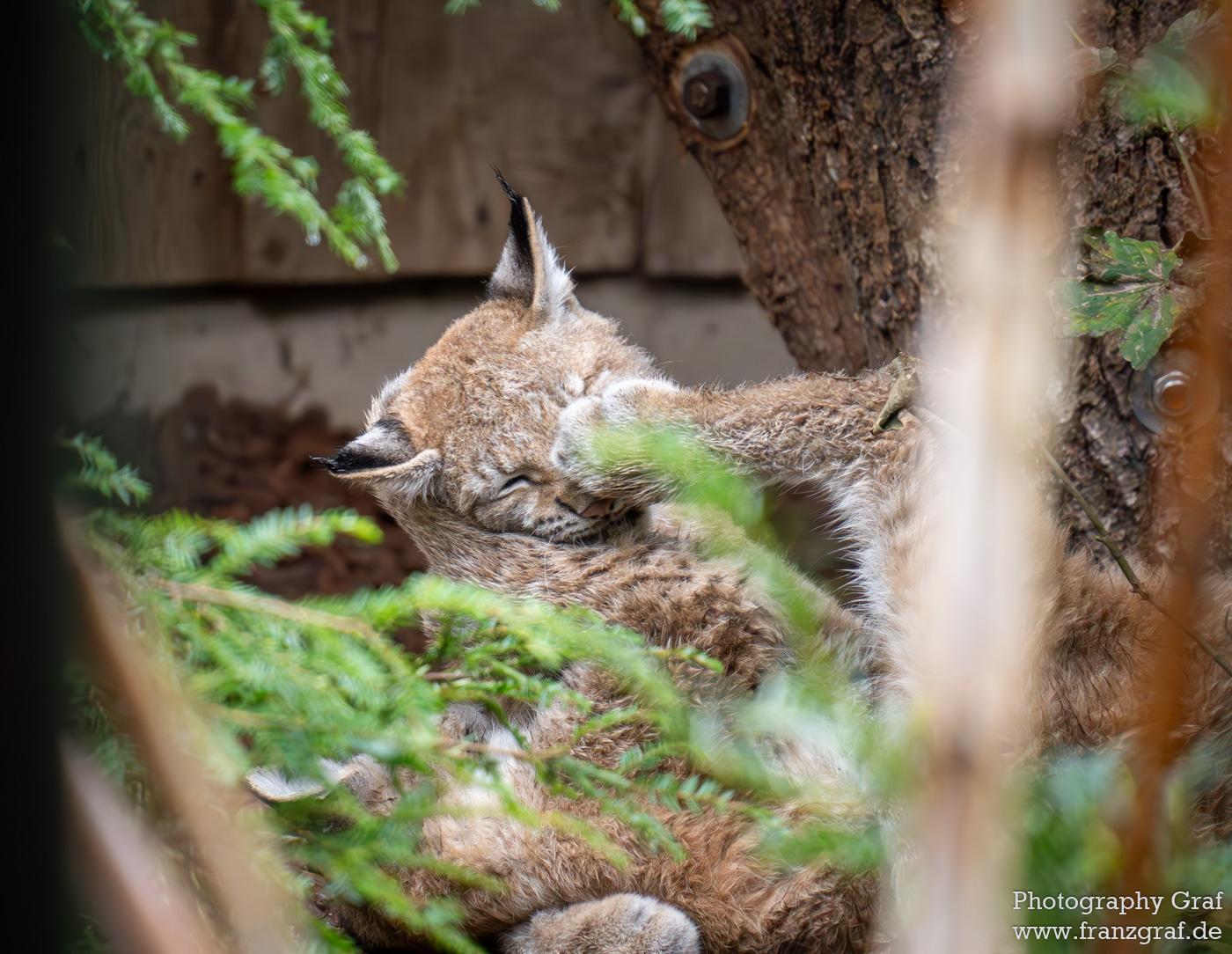
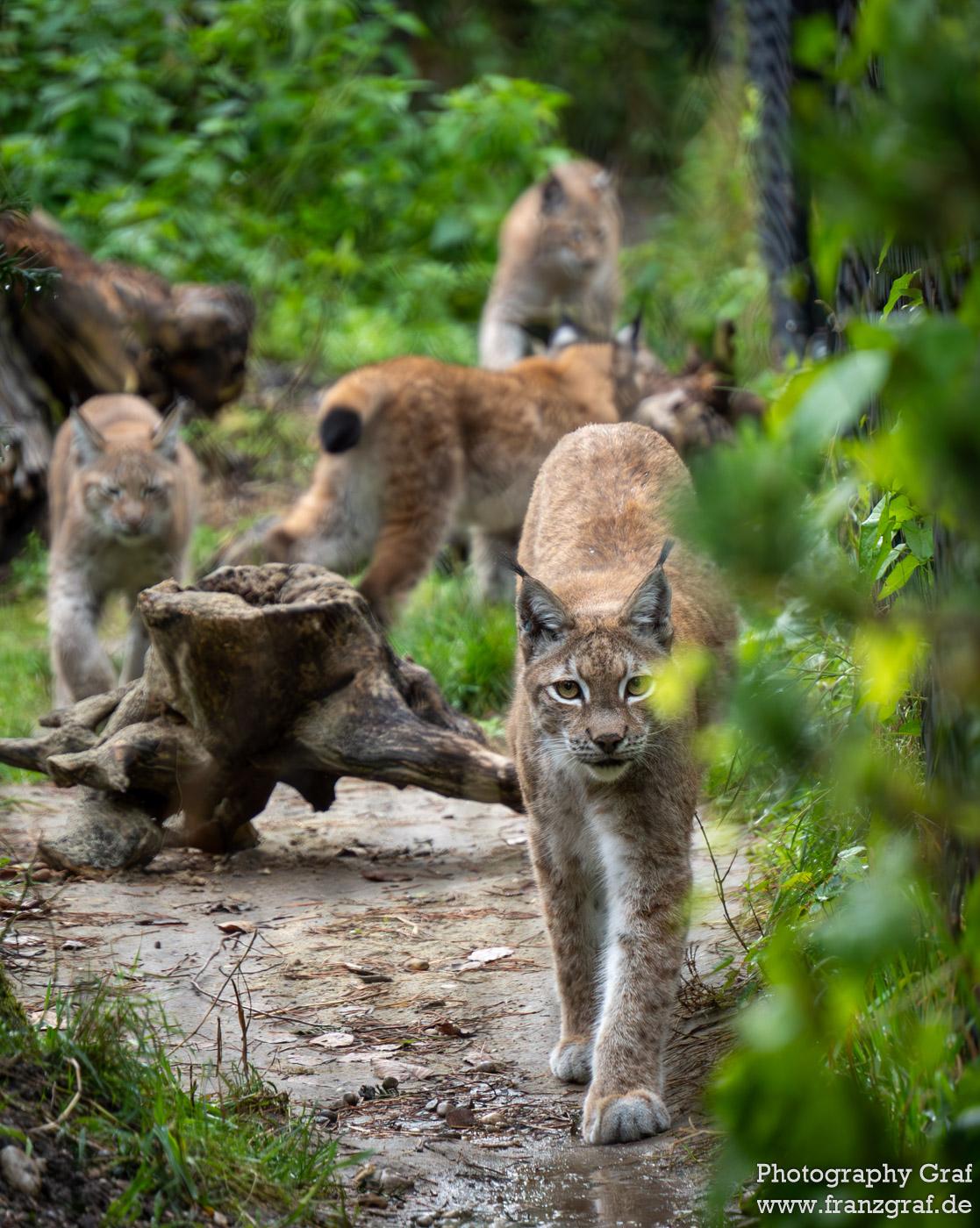
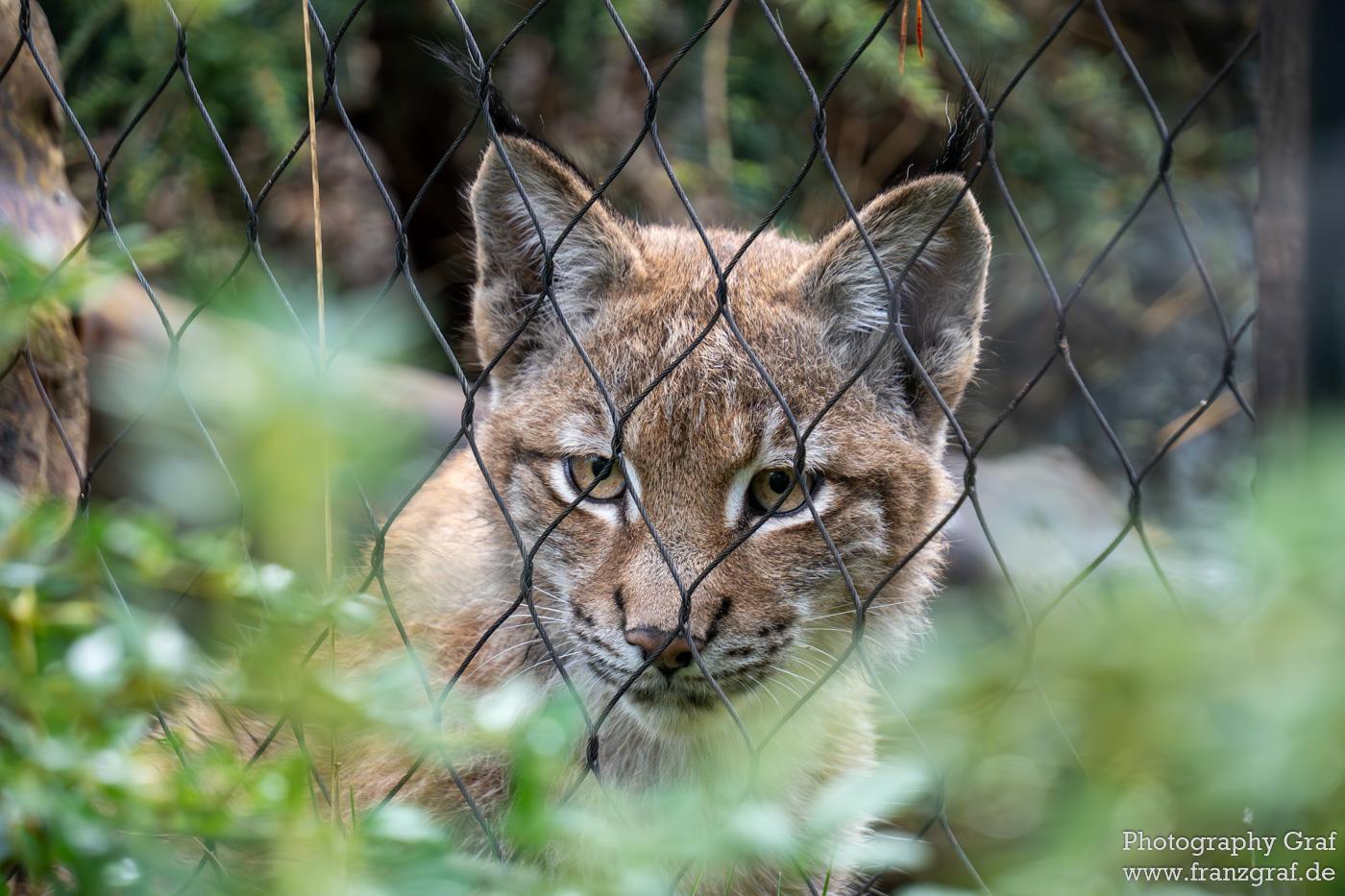
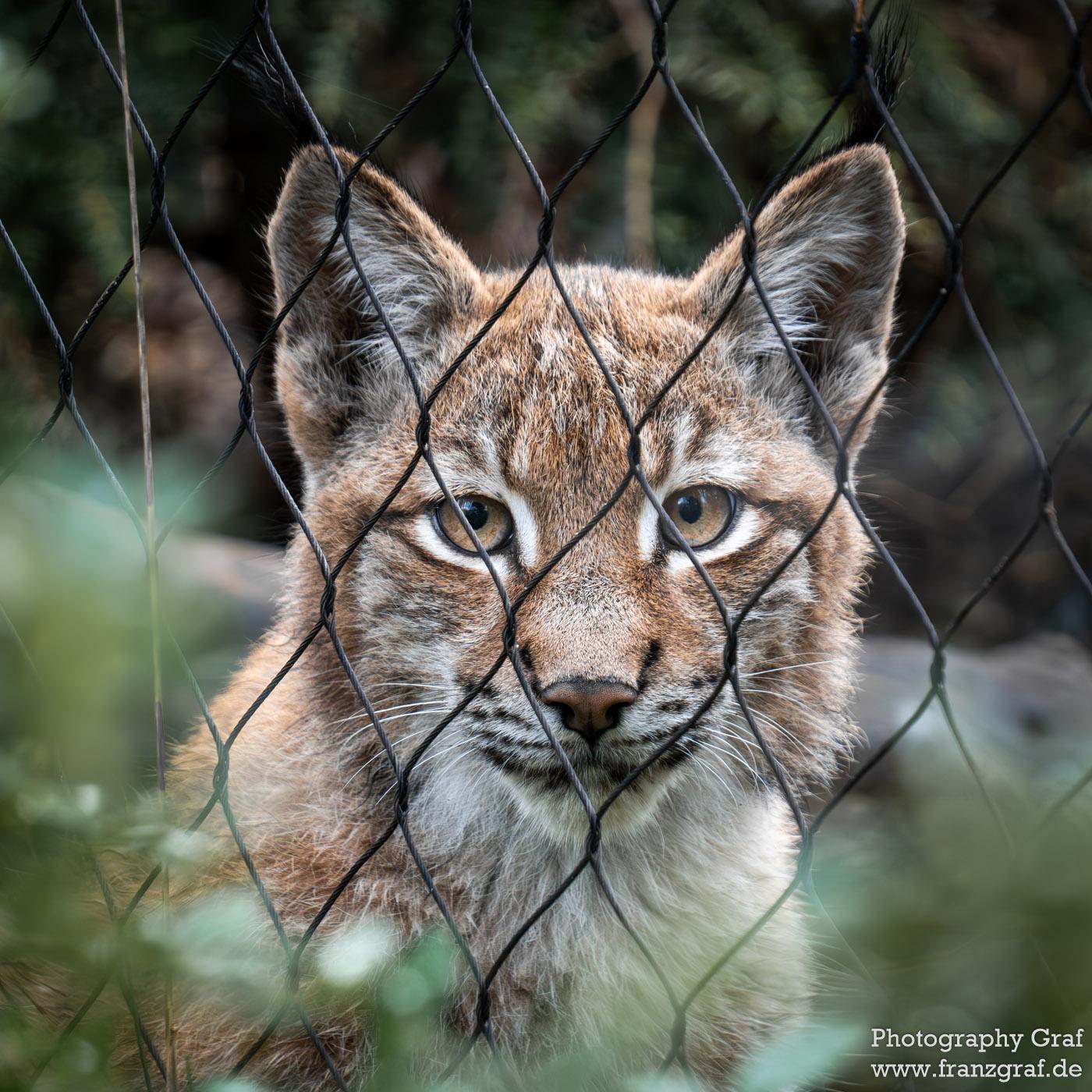
Capturing the Meerkats
As one of our final stops, we usually visit the meerkats. This time, I set my camera on a nearby stone, employing the full 300mm capability of my lens to observe one of the meerkats from a closer perspective. I had never attempted such close-ups before. I waited patiently until it seemed as though the meerkat was looking directly into the camera. I was pleased with the result, capturing all the details, even a bit of sand in its fur.
